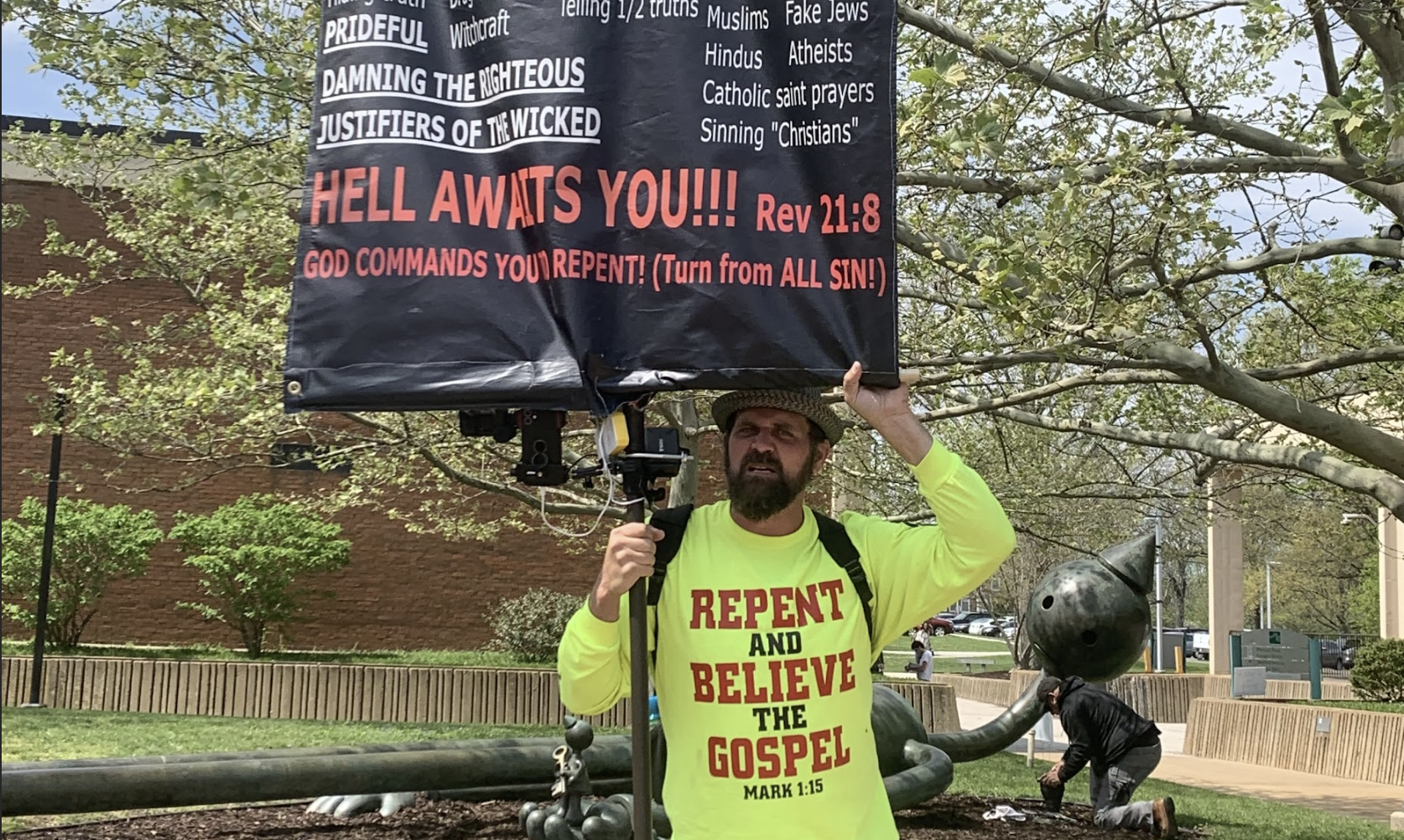Bring in the avocados:
By: LAUREN JOHNS ART & LIFE EDITOR:
Stepping into the limelight after her 2017 release of the hauntingly beautiful, “Ocean Eyes,” Billie Eilish has earned a reputation for redefining Pop. From music videos involving spiders crawling out of her mouth to songs about sleep paralysis, risk-taking has always been second nature.
Her debut album, “When we all Fall Asleep, Where do we Go?,” has sold 170,000 copies and is predicted to reach 275,000 sales, consequently placing her second on the charts behind Ariana Grande’s album, “Thank u, Next.”
The song that inspired the record, “Bury a Friend,” peaked at #14 on the Hot 100 charts and had 29.1 million streams. This song deserves the recognition, written from the perspective of the monster underherbed , doubling as Billie herself (being her own worst enemy). The skin-crawling screeches brought in at integral moments, the sinister harmonies and the effortless portamento (pitch sliding) makes for a compelling track.
This song cleverly transitions into an innovative, experimental track named “Ilomilo” that draws inspiration from a video game of the same name where one tries to reunite the main characters “Ilo” and “Milo.” The game concept is evident in the lyrics: “Show me the way home. I can’t lose another life.”
A favorite of mine, due to the eerie tremolo vocal effects that successfully paint a picture of two lost lovers dreaming of one another. Billie ’ s voice in this track is soft, yet strong, breathy, but not off pitch. The instrumentals toward the end sound like what you’d expect to hear from a vintage music box, adding to the mysterious, surrealistic aspect. Despite both of these tracks having melancholy vibes, other tracks like “Bad Guy,” are a complete juxtaposition. It’s technically the first track on the album, following “!!!!!!!” where Billie talks about taking out her invisalign (product placement or unique sense of humor?). Bass-heavy tracks, driving beat, tight harmonies and a vocal style that isn’t singing, but isn’t rapping either. The song is a fun and quirky track where Billie taunts her boyfriend, putting on a false persona that makes him think he is in control but in reality she is the real “tough and rough guy.” The chorus and its sadistic tremolo vocals are a stark transition to the playful “duh” and electronic spunk of the post-chorus. In the bridge, however, the song becomes almost unrecognizable with more dubstep beats and a peculiar whispered vocal. Although the song would’ve ended too abruptly without this section, it felt too drastic of a change and the lyrics became overly cliche.
“Xanny” was a close second favorite. In each of the verses she sings in a beautiful bright tone with glittering vibrato, despite the dreariness of the lyrics. The bass distortion of the chorus acts as a shock factor, with the intention of simulating a bad trip. Or, emulating the sensation of breathing in a cloud of second hand smoke. She speaks about not needing “Xanny” to be happy and how her friends continually abuse the substance among other drugs, regardless of the consequences. The most effective line is: “bring ashtrays to the table, and that’s about the only thing they share.” This particular lyric section highlights how blind they’ve become, never opening themselves up to life and to each other. At the song’s closing, her voice grows quiet with fainter harmonies and a couple sighs, possibly alluding to her vulnerability and how hopeless she’s becoming.
Aside from the numerous distortion heavy tracks, “When the Party’s Over” is arguably the most unplugged and soulful track (released as a single prior to the album’s debut). With a voice that bursts with vitality and decrescendos without losing strength, the perfectly crafted harmonies lead to a tune that is genuine and raw.
In “I Wish you were Gay,” vibrant, clean vocals shimmer under heavy synth that could be pulled back a bit. In addition, the guitar backing in the verses should be incorporated more throughout the remainder of the song. The change in instrumentals lacks a smooth transition in the first chorus but pair effectively with her lovely crescendo in the second. The track has a campy, cozy vibe.
The album concludes with a song that samples everything on the album in reverse order, starting with the penultimate track. From a structural standpoint, everything flows nicely, each set of lyrics forming coherent sentences. Billie is adept at creating distinct tracks of skillful lyricism and yet keeping a specified theme throughout the album. No extemporaneous songs. In all, the track paints a hazy scene, putting the listener under a dream-like trance with chill-inducing echo effects proceeding each vocal line. And then, all sound slowly dies, encompassing the meaning of the album as she seemingly falls asleep or passes on.











